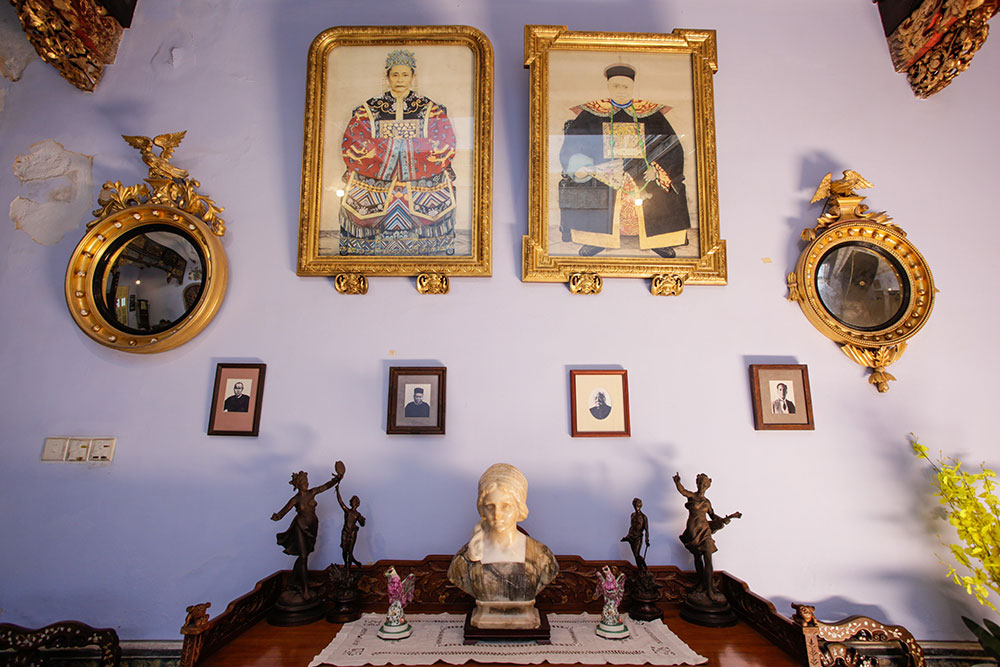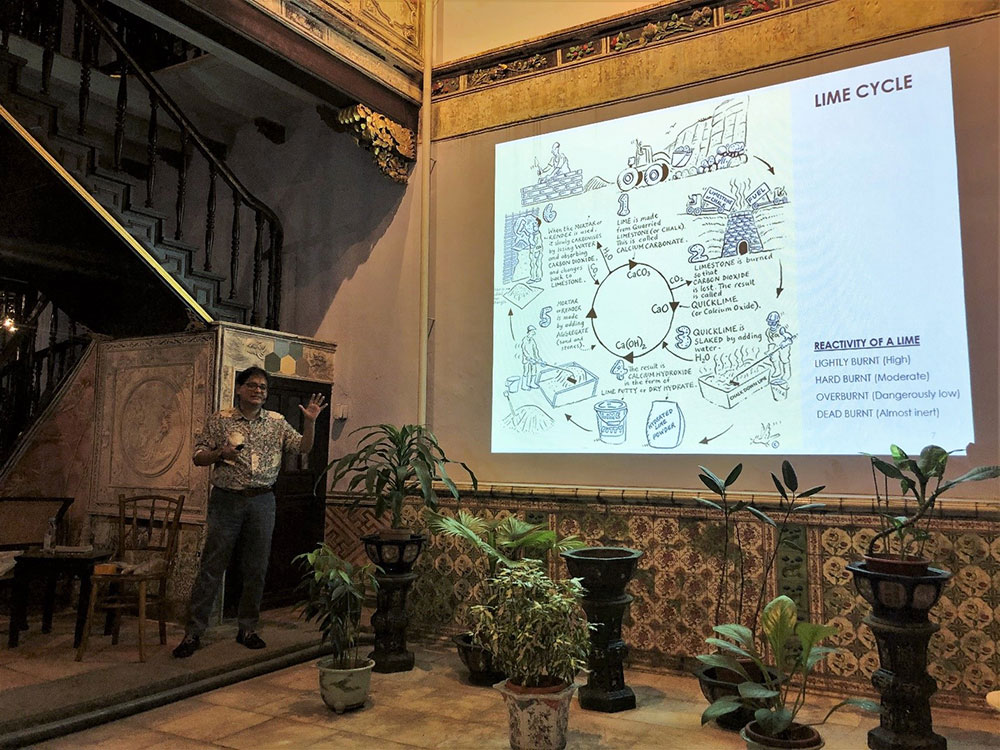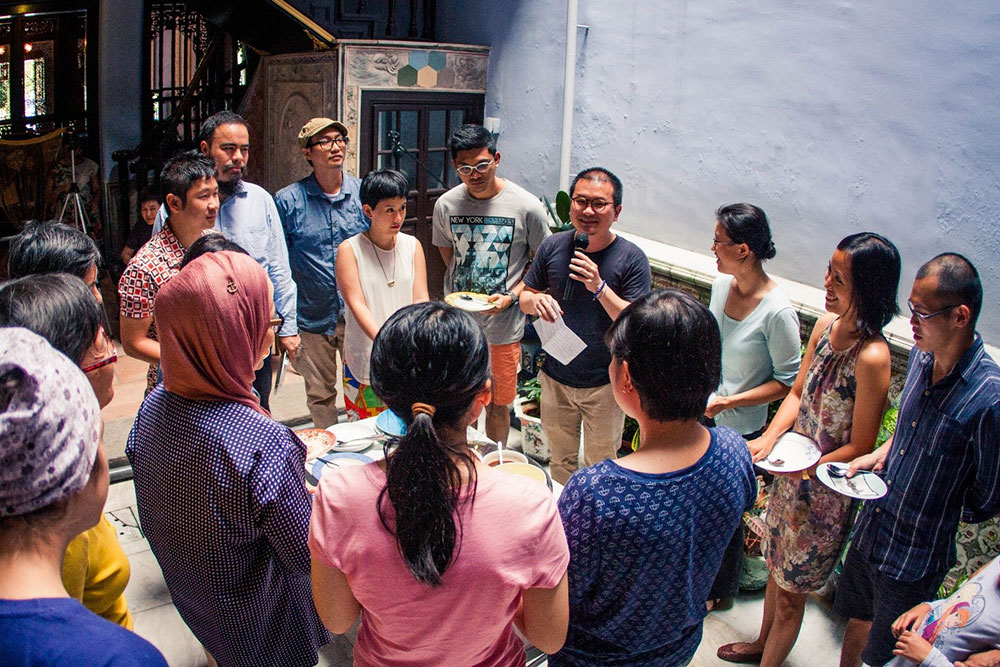January 14, 2020
In November 2019, The NUS Baba House was featured in a video supplement as part of the Urban Redevelopment Authority of Singapore’s (URA) newly-launched exhibition 30 Years of Conservation, which celebrates the milestones since their conservation programme began in 1989.
The video, titled The NUS Baba House: A Precious Jewel, features interviews with honorary curator of the house, Mr. Peter Lee, and senior lecturer at the NUS Department of Architecture, Dr Nikhil Joshi. Both individuals have been extensively involved in various parts of the conservation process. Peter managed the curatorial aspects during restoration and currently continues to do so in a consultative capacity, while Dr. Nikhil has been researching traditional building materials used in the house since 2016. The video gathers their thoughts about conservation within the NUS Baba House, and the importance of retaining rare architectural and cultural features in a wider context.
The focus on conservation practices helps situate the NUS Baba House within contemporary urban issues, rather than as a silo of the past. Built in the 1890s, the NUS Baba House at 157 Neil Road was originally the ancestral home of a Peranakan family – the Wees, who descended from shipping magnate Wee Bin. The house was acquired by NUS in 2006 with funds donated by Ms. Agnes Tan in memory of her late father and Malaysian community leader Tun Tan Cheng Lock. Now a heritage home curated to the year 1928, the NUS Baba House displays objects typical of a Peranakan home of the period, contextualising Peranakan Chinese material culture, aesthetics, social history, and architecture within a domestic setting.




